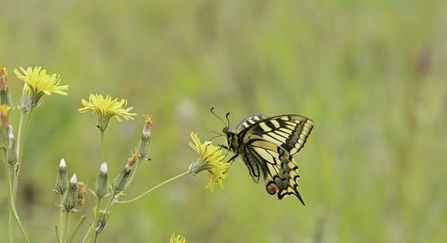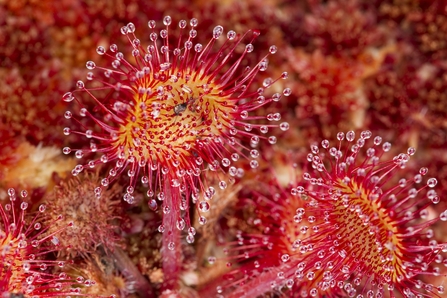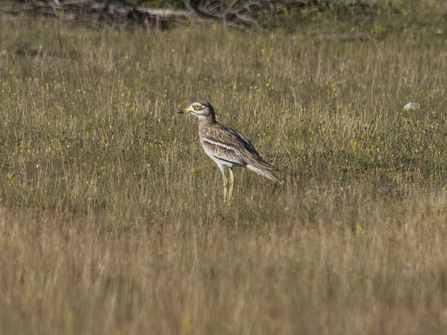With the best part of May and June suffering wet and unseasonably chilly weather, I’m sure many of us are hoping for a warm dry July. My wife even insisted on putting the heating back on, in what has now become known as ‘June-uary’. Poor weather during the breeding season is always a worry, as our summer migrants can struggle to find enough insects to feed their offspring; that’s if nests and chicks haven’t already been washed out or perished in the cold. Purely a personal observation, but the already dwindling swallow and martin population seems to be very low this year, and singing willow warblers were missing from my local wood!
On a positive note, when the warm weather did finally arrive, dragonflies emerged in a flurry. Norfolk hawker are continuing to expand their range; in fact, three over my garden pond is a new record. Norfolk’s swallowtail butterfly population appears to have recovered from a down-turn last year. At NWT Hickling Broad and Marshes, there was concern that the consistently high winter water levels may have flooded out some of the chrysalis tucked down at the base of reed stems, resulting in fewer butterflies. A reminder that, despite continuing conservation work, this species remains at a highly threatened level. Thankfully however, during the brighter spells of weather, visitors to Hickling were treated to the delightful sight of many swallowtails on the wing.




